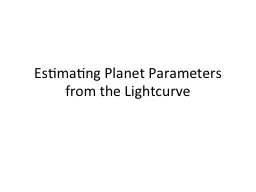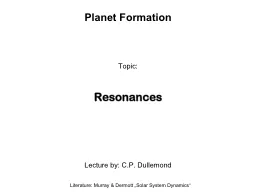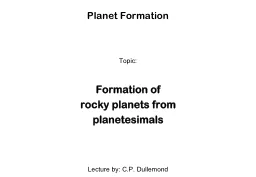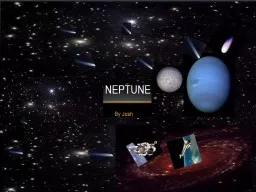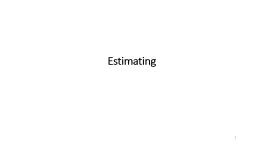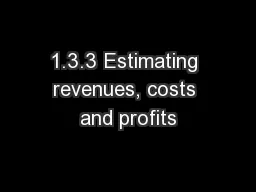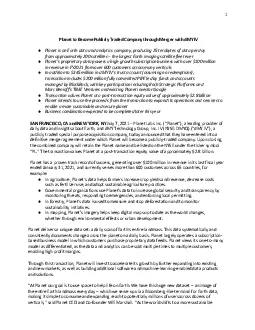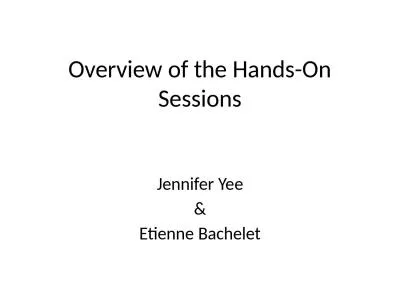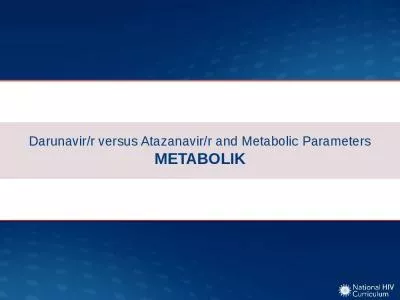PPT-Estimating Planet Parameters from the
Author : aaron | Published Date : 2018-03-01
Lightcurve 0 Choose your lightcurve a GLPlanet Assumptions a Gould amp Loeb planetary GLPlanet caustic crossing perturbation No parallax No blending Goal Estimate
Presentation Embed Code
Download Presentation
Download Presentation The PPT/PDF document "Estimating Planet Parameters from the" is the property of its rightful owner. Permission is granted to download and print the materials on this website for personal, non-commercial use only, and to display it on your personal computer provided you do not modify the materials and that you retain all copyright notices contained in the materials. By downloading content from our website, you accept the terms of this agreement.
Estimating Planet Parameters from the: Transcript
Download Rules Of Document
"Estimating Planet Parameters from the"The content belongs to its owner. You may download and print it for personal use, without modification, and keep all copyright notices. By downloading, you agree to these terms.
Related Documents

